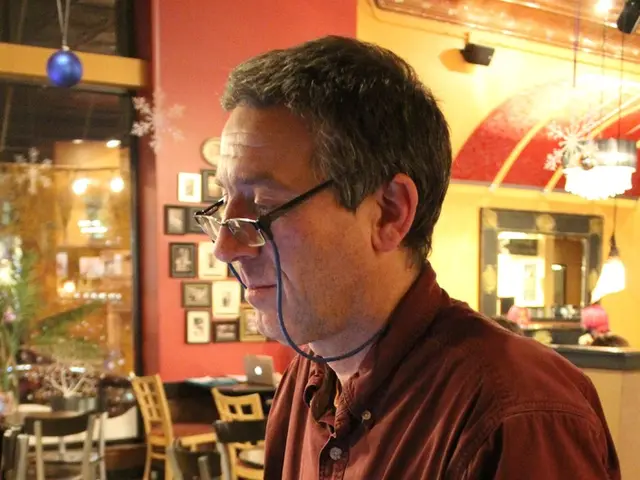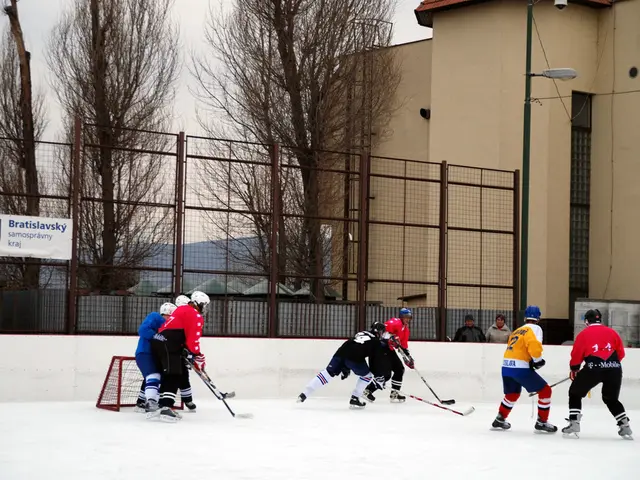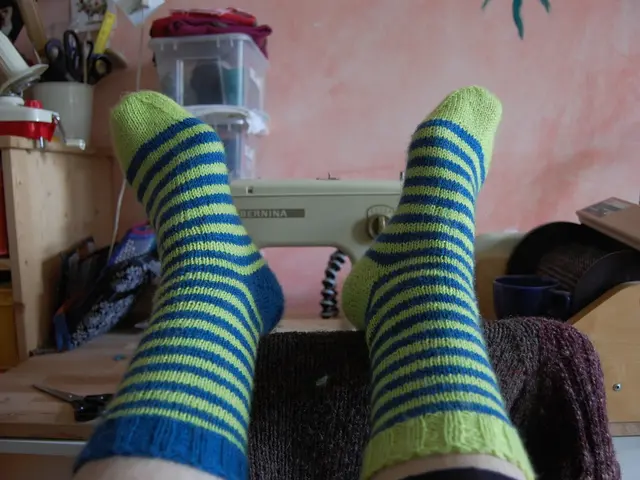Engineering solutions in the face of a looming climate crisis: Balancing potential benefits and potential dangers
In the race against climate change, two main forms of intervention are under intense research: Carbon Dioxide Removal (CDR) and Solar Radiation Management (SRM). These innovative approaches, while promising, are not without their challenges and controversies.
One of the most debated SRM techniques is the use of sulfate aerosol injection. This method, inspired by the natural cooling observed after large volcanic eruptions, involves releasing sulfur dioxide particles into the stratosphere. The sulfur dioxide oxidizes to form a sulfate aerosol, which reflects part of the solar radiation back into space, offering temporary cooling.
Despite its potential benefits as a temporary cooling tool, concerns abound. For instance, SRM through sulfate aerosol injection does not address the root causes of climate change. It cools the planet but does not reduce greenhouse gas concentrations or ecosystem damage.
Moreover, the technique carries risks of atmospheric and weather disruption. Sulfate aerosols can alter precipitation patterns and increase temperature extremes regionally, potentially threatening food security and ecosystems far from deployment sites.
Air pollution and health effects are another concern. Although sulfur dioxide is a well-studied traditional pollutant, its deliberate injection in the stratosphere has uncertain consequences. However, studies indicate that the heat-related deaths from unabated warming exceed deaths from any additional pollution caused by SRM.
Governance and ethical issues also loom large. Public concern and debate surround the deployment of geoengineering, particularly due to unintended transboundary effects and the moral hazard of reducing motivation for greenhouse gas emissions reductions.
Social costs and scalability are further challenges. While SRM costs are modest, more sulfate would be needed as carbon emissions continue, and the social and geopolitical costs of managing such a planetary-scale intervention remain difficult to quantify.
Startups like Make Sunsets are examples of emerging private efforts to pioneer sulfate aerosol injection techniques or related SRM approaches. These efforts amplify the debate about efficacy, risk management, regulation, and public engagement due to their novel and somewhat controversial nature.
On the other hand, Carbon Dioxide Removal (CDR) involves the removal of greenhouse gases from the atmosphere through mechanical or chemical means. An intriguing proposal in this regard is the "iron theory," put forth by American oceanographer John Martin. His idea was to fertilize dead zones of the oceans with iron sulfates to trigger a bloom of phytoplankton, absorbing carbon dioxide and cooling the climate.
However, ocean fertilization poses risks, such as fueling excessive algae growth where it's not needed, leading to unwanted consequences such as toxic blooms. Despite these doubts, as the climate emergency becomes more extreme, the future of ocean fertilization may not continue to be so uncertain.
The precautionary principle is currently preventing the manipulation of natural ecosystems through ocean fertilization. The Intergovernmental Panel on Climate Change of the UN has emphasized the need to alleviate climate symptoms with available technologies.
In conclusion, while Carbon Dioxide Removal and Solar Radiation Management offer potential solutions to combat climate change, they are not without their challenges and controversies. It is crucial to continue research and debate to ensure that these interventions are safe, effective, and ethically sound.
The debate surrounding Solar Radiation Management (SRM) techniques, like the use of sulfate aerosol injection, escalates due to concerns about addressing the root causes of climate change, potential risks of atmospheric and weather disruption, health effects, and ethical questions.
In contrast, Carbon Dioxide Removal (CDR) interventions, such as the 'iron theory' of ocean fertilization, hold promise for removing greenhouse gases from the atmosphere, but face challenges related to risks of excessive algae growth, fueling toxic blooms, and ethical considerations about manipulating natural ecosystems. It's vital to continue research and dialogue to ensure these interventions are safe, effective, and ethically sound.








